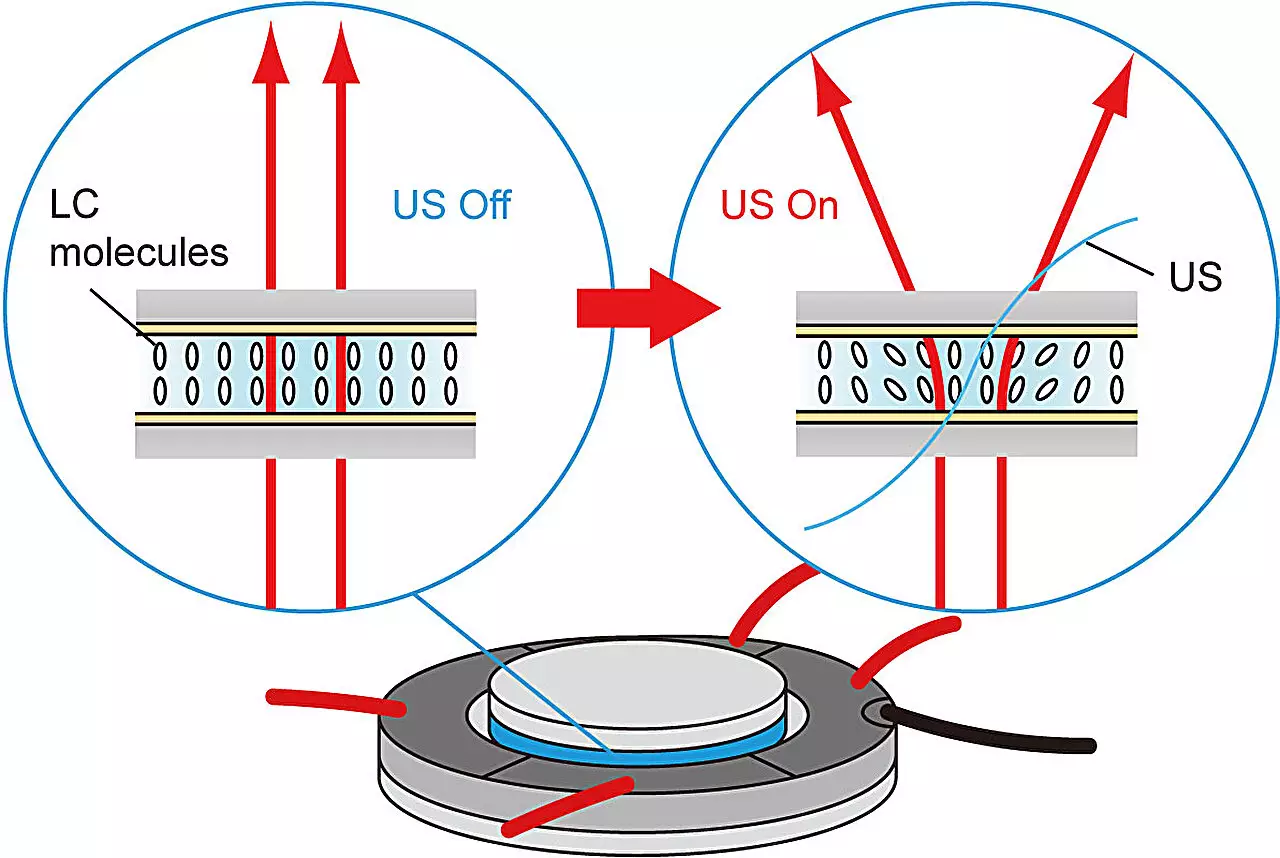Light has always played a crucial role in human existence, from the discovery of fire to the development of various artificial light sources over the years. Our ability to study, work, and even our physical and mental health are influenced by the distribution and intensity of artificial lights indoors. As such, modern artificial light sources are designed with these psychological elements in mind to achieve the best aesthetics for our well-being.
Throughout history, humans have seen the evolution of artificial light sources, from incandescent lamps to gaslights, discharge lamps, and most recently, light-emitting diodes (LEDs). LEDs, in particular, have revolutionized the lighting industry by providing high-efficiency solutions that are also environmentally friendly. However, one challenge with LEDs is their smaller size, which often requires the use of diffusers to spread light over a larger area.
Conventional light diffusers have been the go-to solution for directing and spreading light in specific directions. These diffusers typically have periodic surface profiles, periodic refractive index distributions, or light-scattering layers that are tailored during fabrication to meet specific requirements. However, once fabricated, these properties cannot be easily changed, especially diffusion directivity, which refers to the direction of transmitted light distribution.
The Breakthrough: Tunable Ultrasonic Liquid Crystal Light Diffuser
In a groundbreaking study detailed in the journal Scientific Reports, Professor Daisuke Koyama and his team at Doshisha University introduced an innovative tunable ultrasonic liquid crystal (LC) light diffuser. This diffuser is based on the generation of non-coaxial resonant flexural vibration, which controls the molecular orientation and refractive-index distribution of the LC layer to provide control over diffusion angle and direction. What sets this diffuser apart is its thin and simple structure with no mechanical moving parts.
The ultrasonic LC diffuser consists of a nematic LC layer sandwiched between two glass disks and an ultrasonic piezoelectric transducer. By applying a continuous reverse-phased sinusoidal signal to the transducer, ultrasonic vibration is produced on the glass disks. When the frequency of this vibration matches the resonant frequency of the LC light diffuser, non-coaxial resonant flexural or bending vibration modes are generated on the LC layer, resulting in differences in acoustic energy and changes in molecular orientation that alter the transmitted light distribution.
One of the key features of this new diffuser is the ability to control diffusion directivity without the need for mechanical parts. By changing the electrodes to which the input voltage is applied, the direction of the molecular orientation and therefore the diffusion directivity can be easily rotated. The researchers found that the diffusion angle depends on the input voltage amplitude, with a maximum efficiency at 16 V. However, it is noted that above this voltage amplitude, the diffused light can become unstable.
The development of the tunable ultrasonic liquid crystal light diffuser represents a significant leap forward in the field of lighting technology. Not only does it offer a novel solution for controlling diffusion directivity without mechanical parts, but it also provides a more efficient and customizable lighting experience. As we continue to push the boundaries of innovation, the future of lighting looks brighter than ever with technologies like the ultrasonic LC diffuser leading the way.


Leave a Reply
You must be logged in to post a comment.